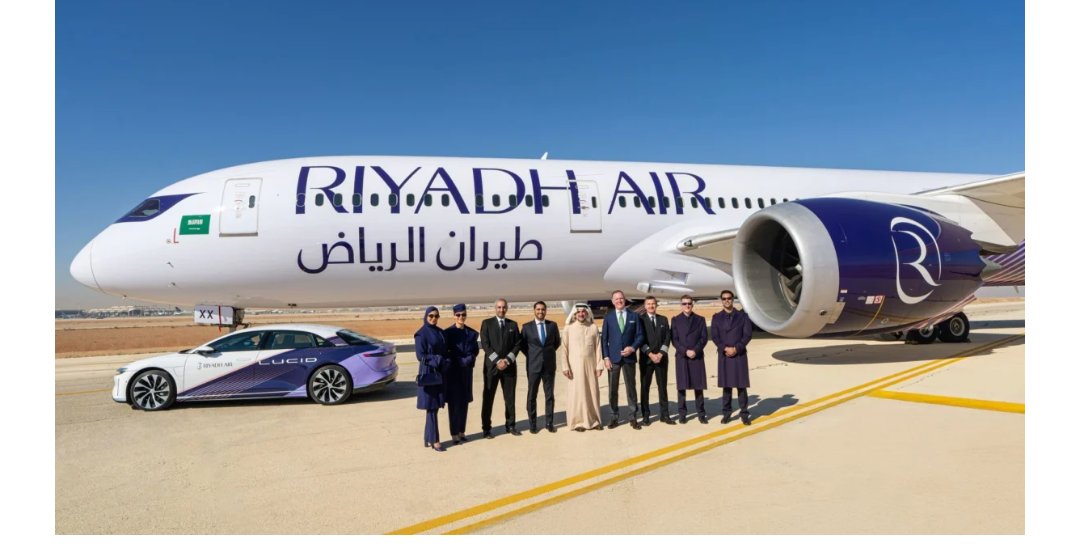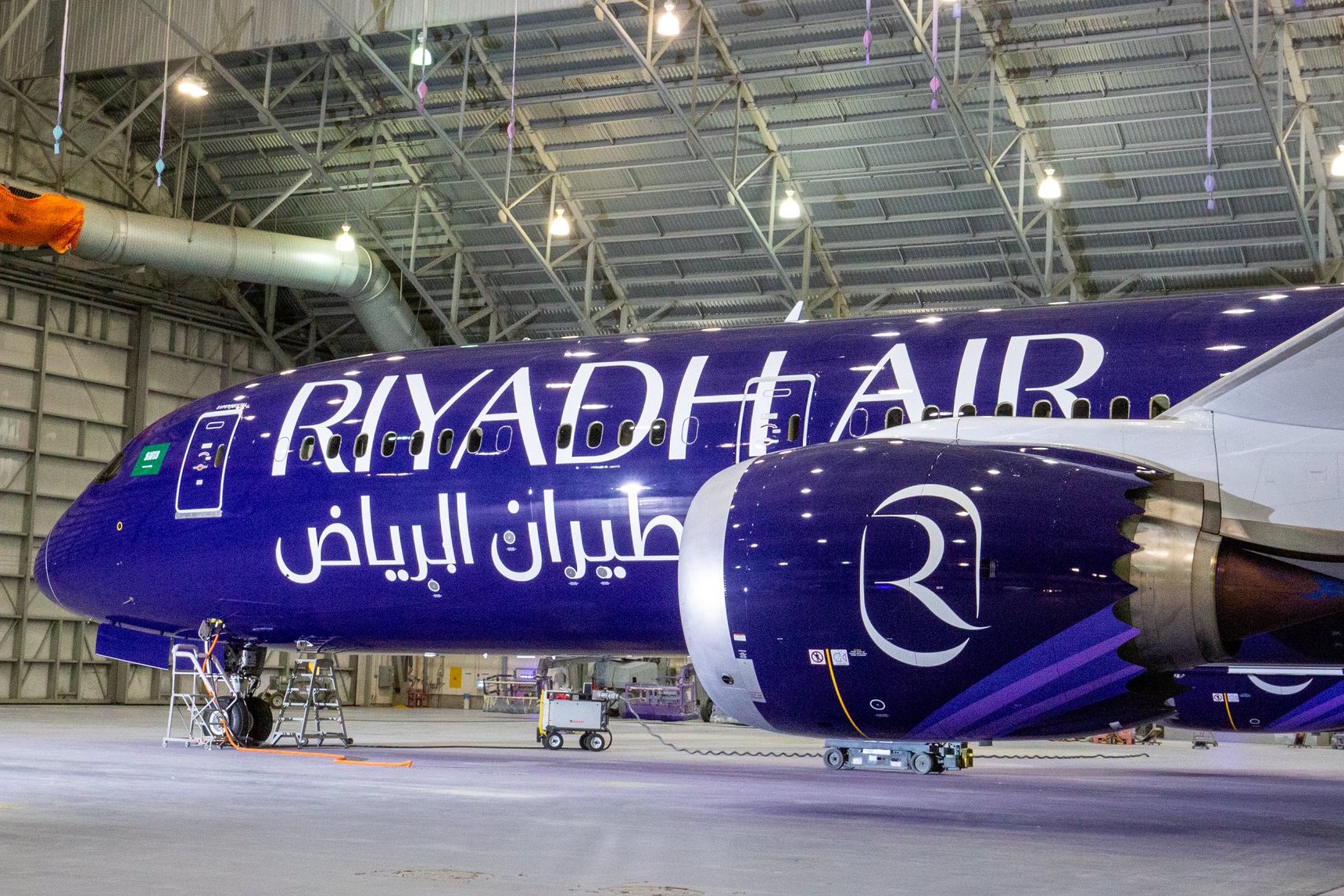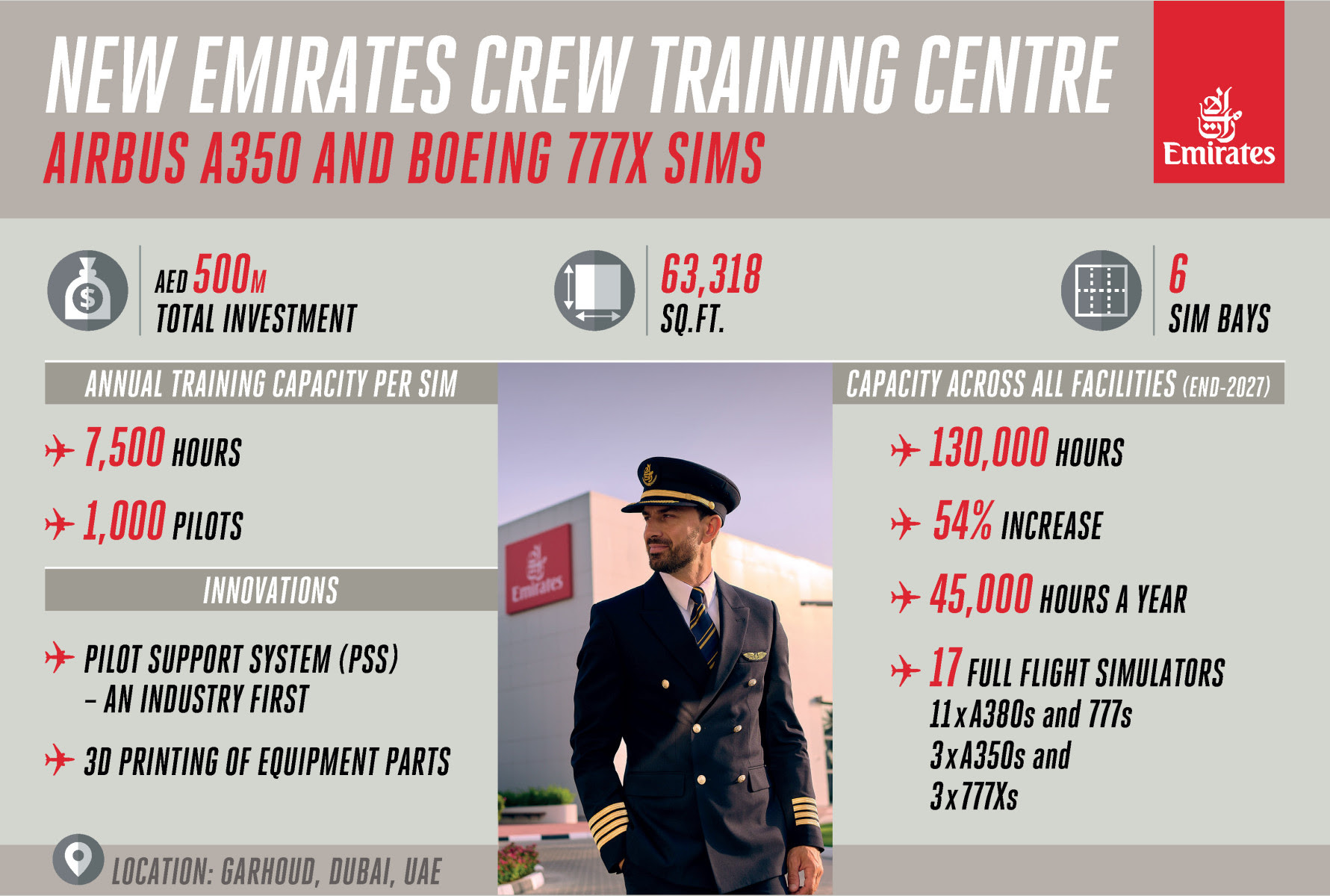.jpg)
Saudi Arabia’s newest national carrier, Riyadh Air, is gearing up for a bold entry into the vibrant and fast-growing Indian aviation market, with plans to launch flights to five key Indian cities in the summer of 2026.
The airline is targeting Delhi, Mumbai, Bengaluru, Hyderabad, and Chennai as its initial points of entry, signaling a strategic move into one of the world’s most dynamic air travel sectors.

While Delhi and Mumbai are natural choices as India’s political and commercial epicenters, Riyadh Air’s decision to include Bengaluru, Hyderabad, and Chennai reflects a deeper understanding of India’s evolving economic landscape.
Bengaluru, known as the country’s IT powerhouse, boasts strong business links with the Middle East, while Hyderabad has rapidly emerged as another major technology hub. Chennai, the gateway to Tamil Nadu’s industrial heartland, rounds out this mix of traditional and emerging metropolitan regions.

However, the path to launching international flights in India is complex. Riyadh Air will need to secure traffic rights amidst a competitive bilateral framework, negotiate airport slots at packed Indian airports, and coordinate extensively with local aviation authorities.
Establishing ground handling, catering, and passenger services across five cities also demands substantial investment and partnerships on the ground.
The routes hold significant promise. The travel corridor between India and Saudi Arabia is buoyed by a spectrum of passengers – from the millions of Indians journeying for religious pilgrimages like Umrah and Hajj, to business travelers engaged in sectors such as IT services, construction, and oil and gas.
The large Indian expatriate community in Saudi Arabia further guarantees steady demand for direct flights, often preferred over connecting flights through regional hubs like Dubai or Doha.
Yet Riyadh Air faces hurdles. Launching five routes simultaneously is an ambitious endeavor more commonly approached through a phased strategy.
The summer 2026 launch date aligns with the delivery of new Airbus A321-200 aircraft, ideal for these routes due to their range, passenger capacity, and efficiency for flights spanning 3.5 to 5 hours. Crafting flight schedules that cater specifically to Indian business travelers’ preferences will be critical for success.
A key challenge lies in navigating the limited bilateral air services agreements (BASA) between India and Saudi Arabia, which may restrict flight frequencies and capacity.
Furthermore, lasting success depends on Riyadh Air’s ability to offer competitive pricing while maintaining the high service standards expected of Gulf carriers.Indian travelers are notoriously price-conscious and quick to choose carriers delivering superior value and reliability.
If Riyadh Air can master these complexities, the airline’s bold five-city launch could serve as a robust foundation for broader expansion across South Asia, potentially encompassing other Indian cities and neighboring regional markets such as Thailand and Bangladesh.
With ample time for meticulous planning, Riyadh Air is poised to thoughtfully enter a challenging but opportunity-rich market, facing stiff competition from established carriers but bringing fresh capacity and options to one of the world’s fastest growing aviation corridors.

.jpg)






.jpg)



.jpg)

 (1).jpg)

.jpg)
.jpg)


























.jpg)
.jpg)

.jpg)
















.jpg)









